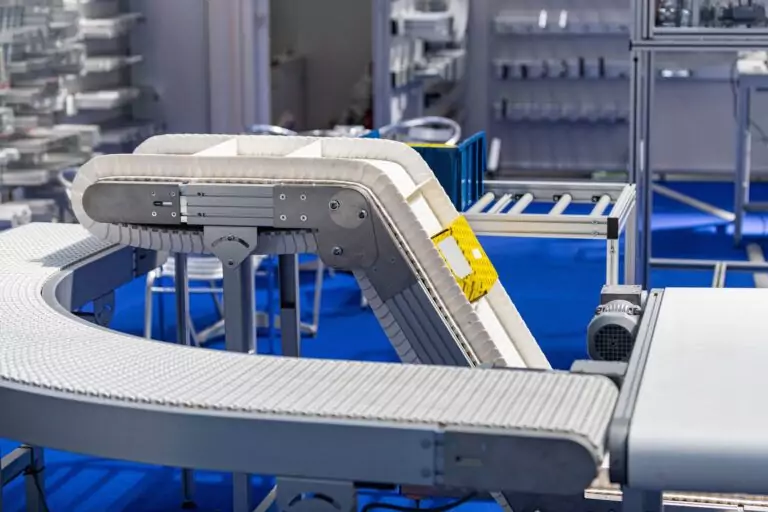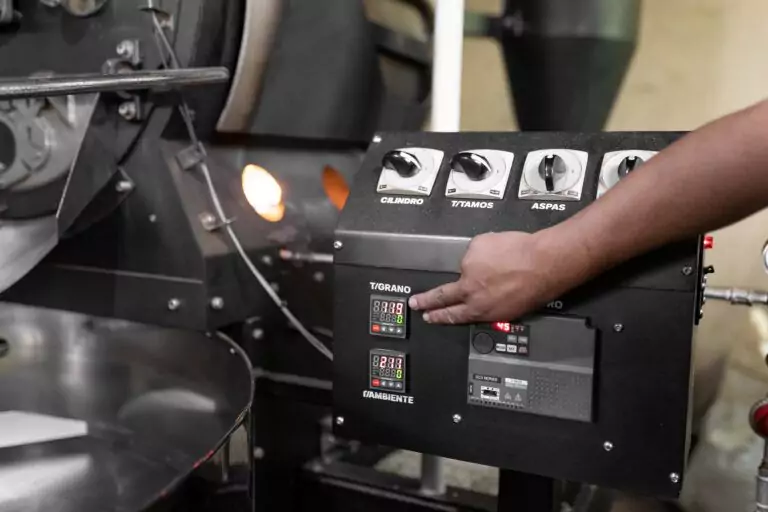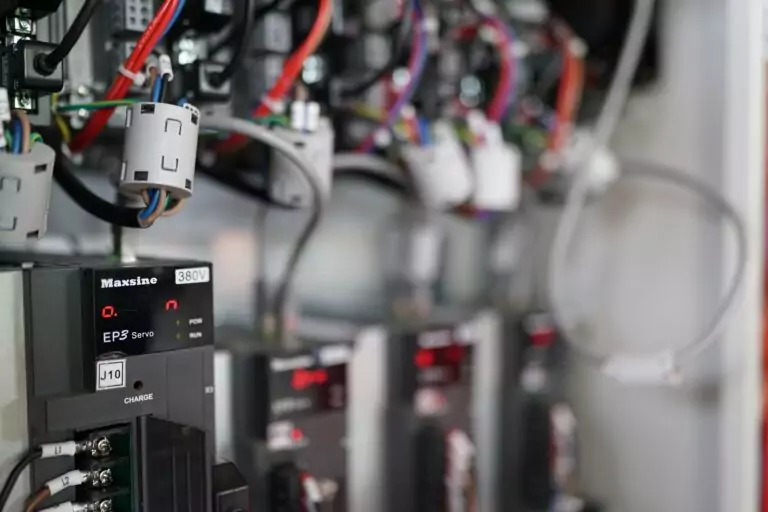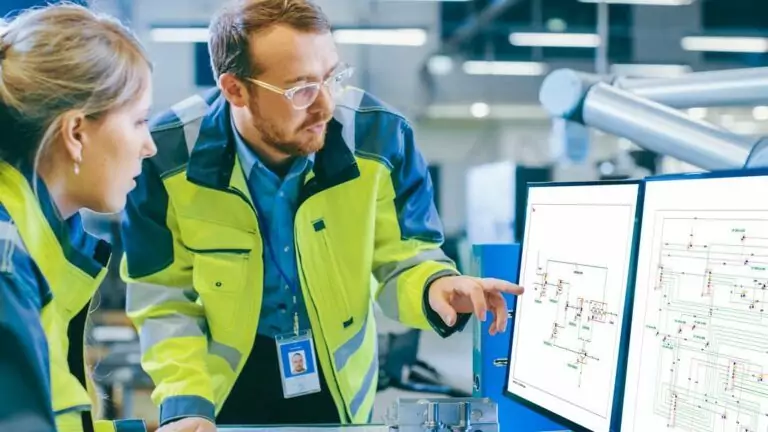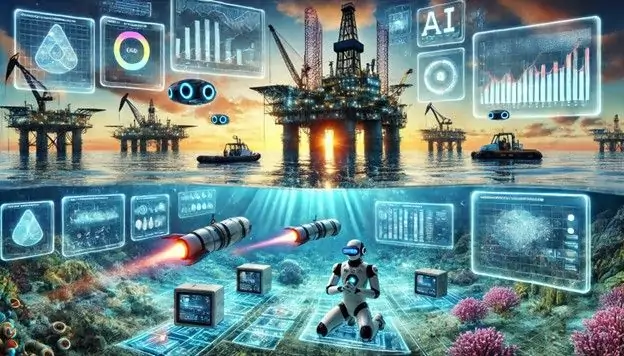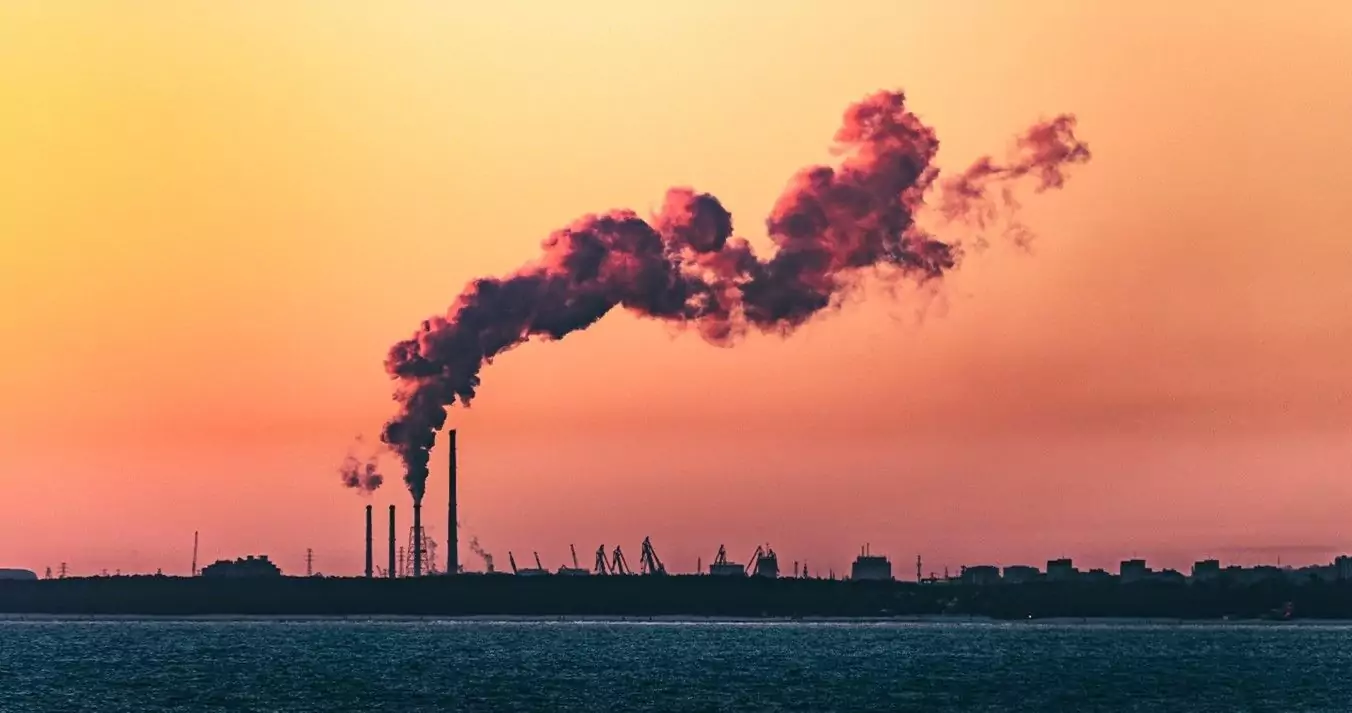
In December 2022, the U.S. Department of Energy committed to spending $3.7 billion USD on carbon capture projects to remove carbon from the atmosphere. Since then the U.S. government has also committed $14 billion in federal investments in energy communities. The Canadian government has also announced a refundable investment tax credit of $2.6 billion over 5 years for companies that adopt carbon capture and storage technologies. It’s fair to say that this proposed spending has added to the potential opportunities in the sector.
Carbon Capture and Storage (CCS) is a technology that captures carbon dioxide (CO2) emissions from power plants and industrial facilities and then transports and stores the CO2 in underground reservoirs. The goal of CCS is to reduce greenhouse gas emissions and mitigate the effects of climate change. It will be a major aspect of the global plans to reach net-zero emissions for years to come.
This article will cover:
- What is carbon capture and storage?
- What are the trends and current major projects in carbon capture?
- What are the challenges and opportunities facing the industry?
What is Carbon Capture and Storage?
Carbon capture and storage is the removal of carbon dioxide from the atmosphere and storing it for future use or permanently sequestering it in the ground. Carbon capture technologies have evolved greatly over the last 5-10 years as people and companies focus more and more on their carbon footprints and positive impact on the environment.
The most common capture technique is point-collection, which is the capture of carbon from power generation plants or large-scale industrial plants which produce high volumes of CO2.
Carbon which has been captured can be transported through distribution channels to where it can be used for industrial purposes, or it can be permanently stored. It is often pumped into deep geological formations or processed to create mineral carbonates and stored underground.
(For more details on the basics and economics of carbon capture and storage, please read our recent series of articles, starting here: https://www.vistaprojects.com/what-is-carbon-capture-and-storage/. )
3 Key Areas of Opportunity
The CCS industry in North America is currently in the early stages of development. However, there are several projects and initiatives in the works that demonstrate the potential for CCS to play a significant role in reducing greenhouse gas emissions.
Opportunity #1 – Enhanced Oil Recovery
One trend in the industry is the increasing use of CO2 for enhanced oil recovery (EOR). This involves injecting CO2 into oil reservoirs to increase the amount of oil that can be extracted.
The efficiency and recovery rate of EOR is improving year-on-year. Through the combination of gas and heat inputs, it is possible to increase reservoir recovery rates from 40% to 70%.
Enhanced Oil Recovery technologies are advancing quickly due to the pull from the energy markets for more efficient production and to maximize the output of existing wells. Through engineering advancements and material science, new formulations using CO2 are being studied with promising results.
Improved reservoir flood designs, the use of higher volumes of CO2, and novel foams and gels are helping to greatly increase the effectiveness of recovery. This can lead to a reduction in high-mobility CO2 (CO2 permeating up through the rock formation), unswept areas in the reservoir, and greater control of the flow of gas.
It is worth noting the Weyburn-Midale oil fields and carbon dioxide project in Saskatchewan is the largest carbon storage area in the world. Having produced 500 million barrels of oil since its discovery in the ’50s, the use of CO2-EOR is expected to extend oil production by another 25 years and 130 million barrels.
The total CO2 storage is planned to reach 20 million tons, with the CO2 transported 320 km from the Dakota Gasification facility, a synthetic natural gas producer. The success in transporting this volume of CO2 across borders (with the cooperation of the Canadian and U.S. authorities) has been lauded, but a more local source of CO2 for future projects of this kind is badly needed.
Opportunity #2 – Industrial or power generation hubs
The transportation of large volumes of CO2 over huge distances is a barrier to more widespread use of CO2-EOR from carbon capture. The closer the proximity of the site that the carbon is collected to the site of its use, the more efficient the process can be made. In this way, the process can become more commercially viable.
In the Permian Basin, the Petra Nova project in Texas captures CO2 from a coal-fired power plant and uses it for EOR in nearby oil fields. Petra Nova is currently the largest post-combustion CCS facility in the world and serves as a model for similar projects in other oil-producing regions.
Outside of power generation, industrial hubs (including manufacturing facilities, chemicals, and refineries) represent a major new opportunity for carbon capture facilities. By locating carbon capture facilities nearby factories, corporations have the ability to directly improve their carbon footprint. Decarbonizing industrial regions has the backing of corporations, with the ability to share infrastructure and reduce costs.
Having effective decarbonization strategies for regional hubs allows for easier planning and development of greenfield areas by local governments, when strategies for long term environmental impacts are better defined.
In the U.S., the Regional Direct Air Capture Hubs Program aims to deliver $1.2 billion USD in initial funding for the development of 4 major regional hubs which will “demonstrate a direct air capture technology or suite of technologies at commercial scale with the potential for capturing at least 1 million metric tons of CO2 annually from the atmosphere and storing that CO2 permanently in a geologic formation”.

Opportunity #3 – Direct Air Removal
The ability to remove CO2 directly from the air is one of the primary goals of the CCS sector. There are huge incentives to having a scalable solution, which could in theory be located anywhere in the world, reducing CO2 concentrations day and night.
There are of course major challenges, but major opportunities. Occidental’s massive investments in Texas and New Mexico are an example of large-scale DAR facilities aiming to be at the forefront of a carbon revolution.
The plant is planning to remove 500,000 tons of carbon per year, increasing to 1,000,000 tons of carbon when fully scaled. This is equivalent to removing the emissions from roughly 250,000 cars on our roads every year.
“We’re planning to develop multiple hubs in the U.S. and expect to have three online by 2025,” said Richard Jackson, Occidental’s President of U.S. Onshore Resources and Carbon Management. Further to this initial deployment, an additional 70 plants are planned over the next 10 years, making this an area of huge opportunity for energy, engineering, and construction contractors.
Oxy has a number of high-profile corporations lining up to contribute to carbon capture, to offsite emissions elsewhere. Airbus, Ryanair and Shopify have all signed up to Occidental’s carbon capture scheme when it goes fully live in 2024.
Challenges Ahead
Significant engineering and logistical challenges lay ahead in the commercialization of carbon capture and storage.
- Ability to Scale-up: The scale of supply is one of the challenges facing EOR usage. Until recently, the CO2 used in oil reservoirs was from natural sources. One estimate projected that 2 billion cubic feet of CO2 is needed to supply the approximately 100 major EOR commercial injection projects in the U.S. alone. Producing this much CO2 from carbon captured from the air is a major challenge, especially at the costs required to be commercially viable for the operator.
- Cost: As with many new and emerging technologies, one of the main challenges facing the CCS industry in North America is the cost. For example, the CO2 produced by direct air carbon capture is currently projected to cost up to 10 times that of commercially available CO2. Although this figure reduces for CO2 from industrial capture, the focus on more efficient capture to level the playing field is required.
- Storage Sites: Another challenge is the lack of storage sites for the captured CO2. The identification and characterization of potential storage sites is a critical step in the development of CCS projects, and there is a need for more research in this area.
Conclusion
Carbon Capture and Storage (CCS) is a technology that captures carbon dioxide emissions from power plants and industrial facilities, and then transports and stores the CO2 in underground reservoirs. The goal of CCS is to reduce greenhouse gas emissions.
The CCS mega-industry in North America is currently in the early stages of development, but there are several major projects and initiatives in the works that demonstrate the potential for CCS to play a significant role in mitigating the effects of climate change.
Planning a Carbon Capture and Storage Project?
Vista Projects is an integrated engineering services firm able to assist with your carbon capture and storage projects. With offices in Calgary, Alberta, and Houston, Texas, we help clients with customized system integration and engineering consulting across all core disciplines. Contact us today at businessdevelopment@vistaprojects.com.
